Japan is a country of natural beauty and diversity, from snow-capped mountains and pristine lakes to verdant forests and spectacular coastline.
The archipelago boasts a wealth of natural wonders that are not only awe-inspiring but also crucial to the country’s ecology, economy, and cultural heritage.
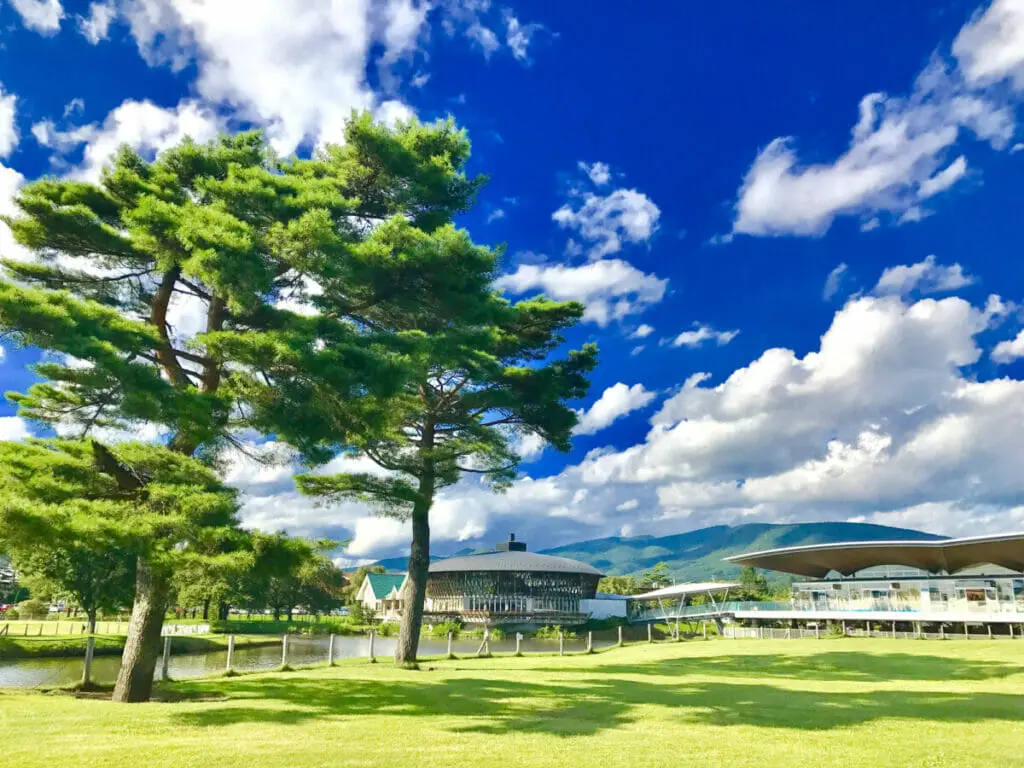
Preserving these natural wonders is of paramount importance, not only for the benefit of future generations but also for the survival of many species that depend on these habitats.
Japan’s unique biodiversity, shaped by its location at the confluence of several ocean currents and the collision of tectonic plates, makes it a natural treasure that needs to be conserved.
The purpose of this article is to showcase Japan’s natural wonders by region, highlighting their beauty, ecological significance, and cultural relevance.
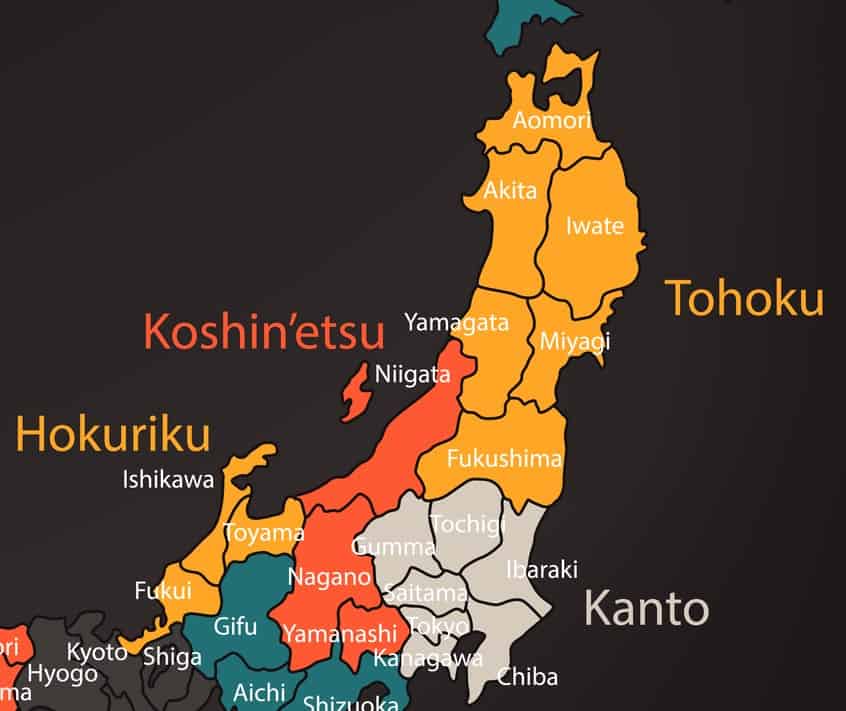
We will explore the main attractions, hidden gems, and conservation efforts in each region, providing an overview of the diversity of Japan’s landscapes and the challenges they face.
The article is organized by region, starting with Hokkaido in the north and ending with Kyushu in the south. Each chapter will cover the major natural wonders of the region, including national parks, mountains, lakes, rivers, waterfalls, forests, islands, and coasts.
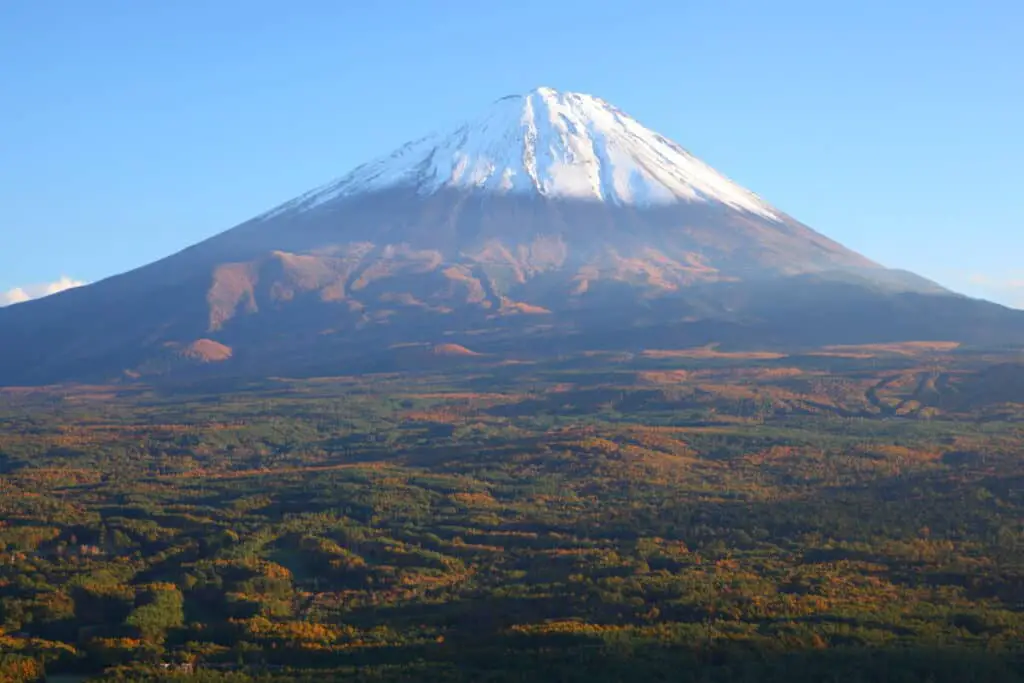
We will also discuss the role of tourism, eco-tourism, and sustainable development in promoting the preservation of natural wonders.
By the end of the article, readers will have a deeper appreciation for the richness and fragility of Japan’s natural heritage and the need to protect it for the benefit of all.
Hokkaido Region
Overview of the region
Hokkaido is Japan’s northernmost island, known for its rugged wilderness, dramatic landscapes, and distinct culture.
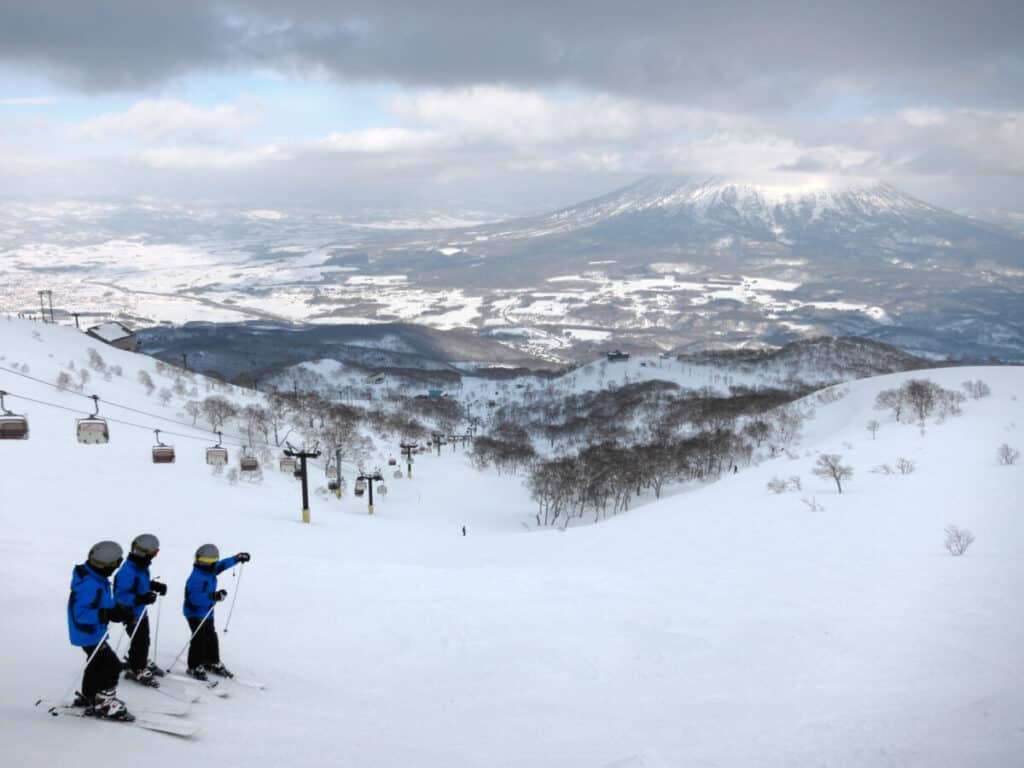
The region is sparsely populated, with vast forests, lakes, and mountains that attract outdoor enthusiasts, nature lovers, and wildlife watchers.
Hokkaido is also renowned for its seafood, dairy products, and agricultural produce, which reflect its unique climate and natural resources.
Natural wonders of Hokkaido
Shiretoko National Park
Shiretoko National Park is a UNESCO World Heritage Site and one of Japan’s most remote and pristine natural areas.
Located on the eastern coast of Hokkaido, it features rugged mountains, deep forests, and a spectacular coastline.
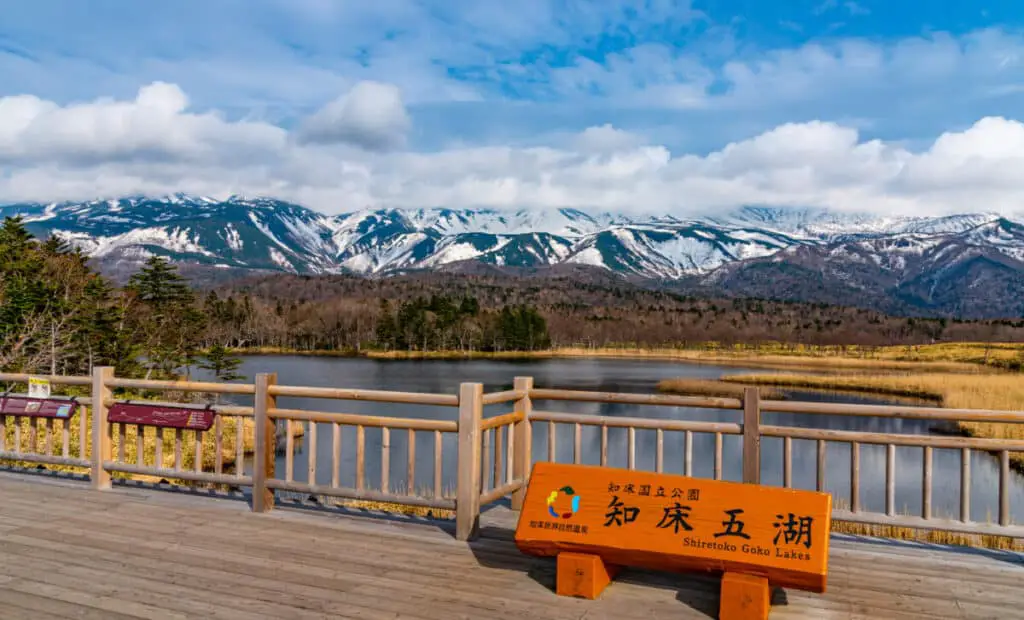
The park is home to brown bears, red foxes, sika deer, and other wildlife, as well as rare plants and birds. Visitors can enjoy hiking, kayaking, fishing, and hot springs.
Daisetsuzan National Park
Daisetsuzan National Park is Hokkaido’s largest national park and one of Japan’s most expansive wilderness areas.
It encompasses several mountain ranges, including Mount Asahidake, Hokkaido’s highest peak.
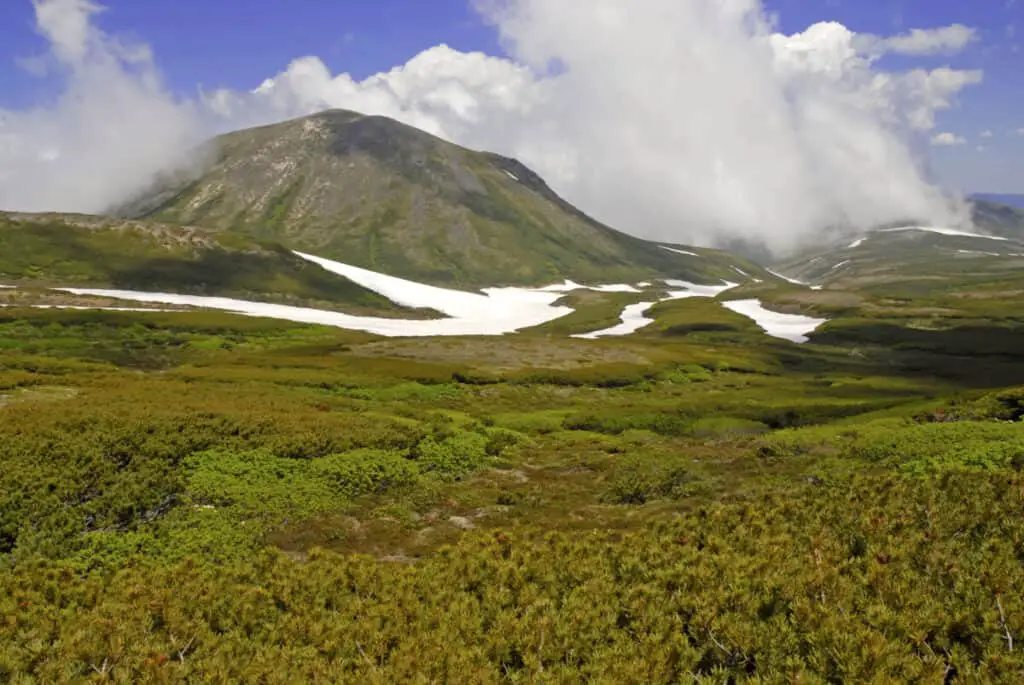
The park features alpine meadows, hot springs, and vast forests that support diverse flora and fauna. Visitors can enjoy hiking, skiing, and soaking in the natural hot springs.
Lake Mashu
Lake Mashu is a volcanic caldera lake known for its clear blue water and stunning scenery.
Located in Akan-Mashu National Park, it is one of Japan’s clearest and deepest lakes, with a depth of over 200 meters.
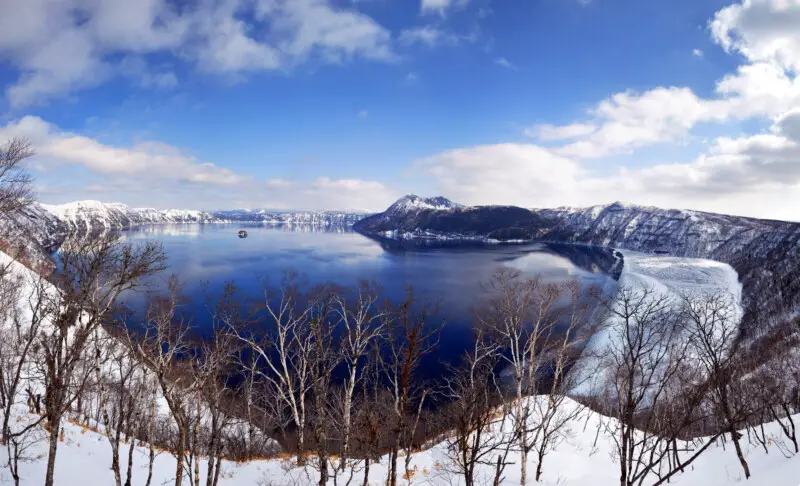
The lake is surrounded by steep cliffs and dense forests, creating a serene and mystical atmosphere. Visitors can admire the view from various viewpoints and hiking trails.
Mount Asahidake
Mount Asahidake is Hokkaido’s highest peak, standing at 2,291 meters.
It is located in the Daisetsuzan National Park and offers spectacular views of the surrounding mountains and valleys.
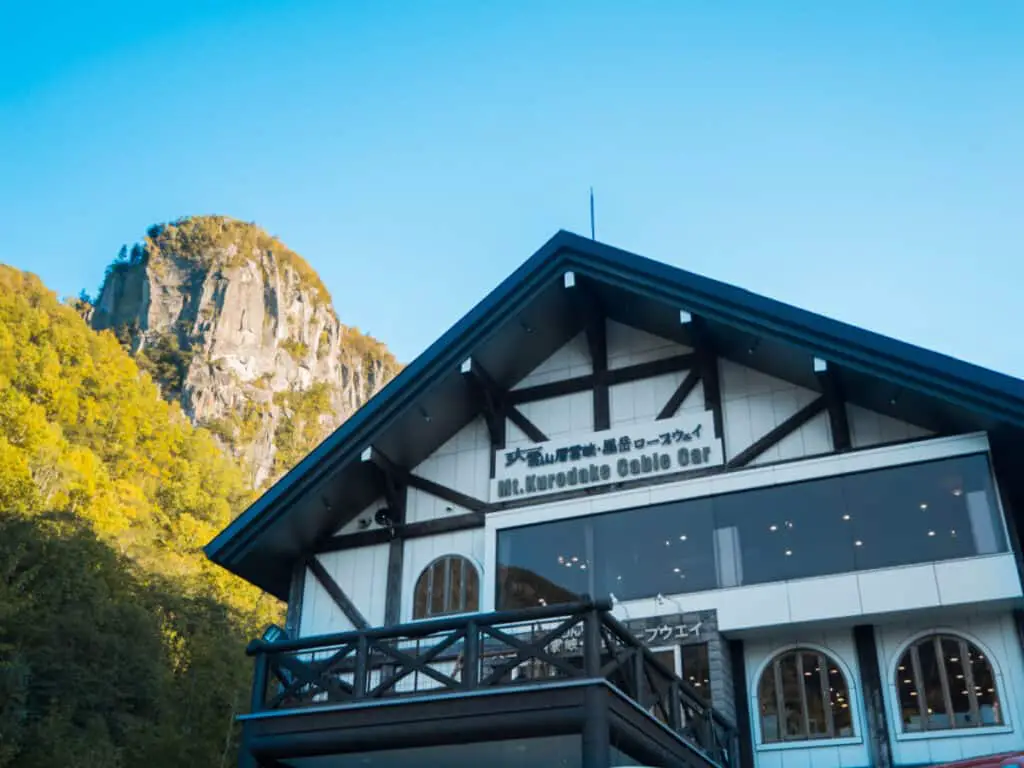
Visitors can hike to the summit or take a cable car to the upper station and explore the alpine scenery.
Furano Flower Fields
Furano is a scenic town in central Hokkaido known for its colorful flower fields.
The fields are filled with lavender, poppies, sunflowers, and other blooms, creating a picturesque landscape.
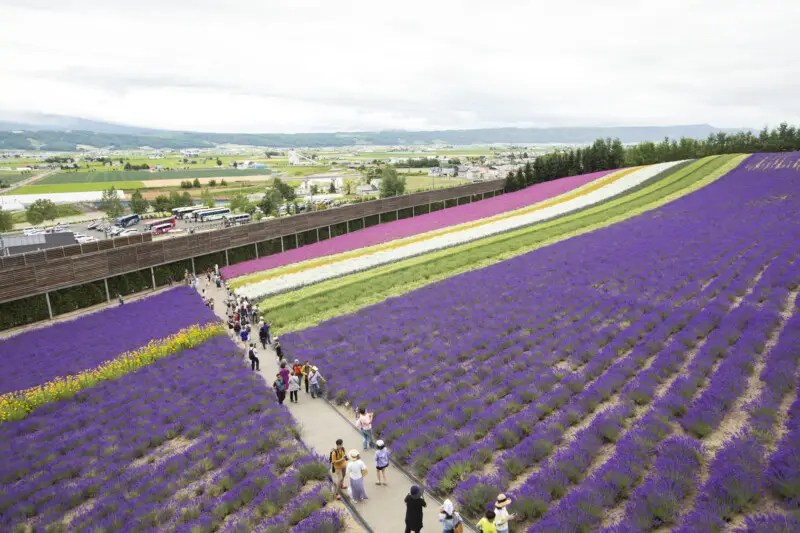
Visitors can enjoy the view from various viewpoints, walk along the trails, and visit the local farms and shops.
Ecotourism in Hokkaido
Hokkaido offers many opportunities for ecotourism, such as wildlife watching, birdwatching, hiking, and eco-friendly accommodations.
Many local operators offer tours and activities that showcase the natural wonders of Hokkaido while promoting conservation and sustainability.
Ecotourism also supports local communities and provides a source of income that encourages the preservation of natural areas.
Tohoku Region
Overview of the region
Tohoku is a region located in the northeastern part of Honshu, Japan’s main island. The region is known for its rugged coastline, mountainous terrain, and natural hot springs.
Tohoku is also rich in history and culture, with many historic sites and festivals that showcase its unique heritage.
Natural wonders of Tohoku
Oirase Gorge
Oirase Gorge is a scenic canyon located in the Towada-Hachimantai National Park, known for its crystal-clear stream and dense forest.
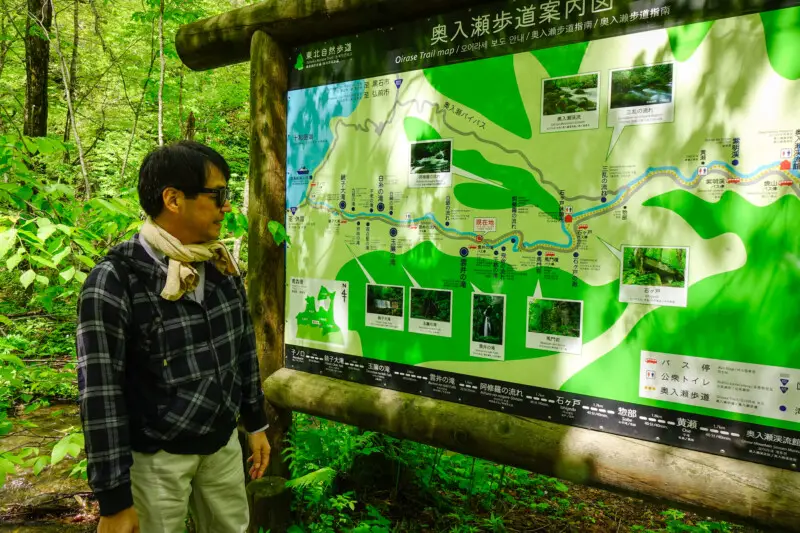
The gorge features waterfalls, rapids, and rock formations that create a serene and captivating landscape. Visitors can enjoy hiking, cycling, and fishing in the area.
Mount Zao
Mount Zao is a volcanic mountain range located on the border of Miyagi and Yamagata prefectures. It is known for its stunning views, hot springs, and ski resorts.
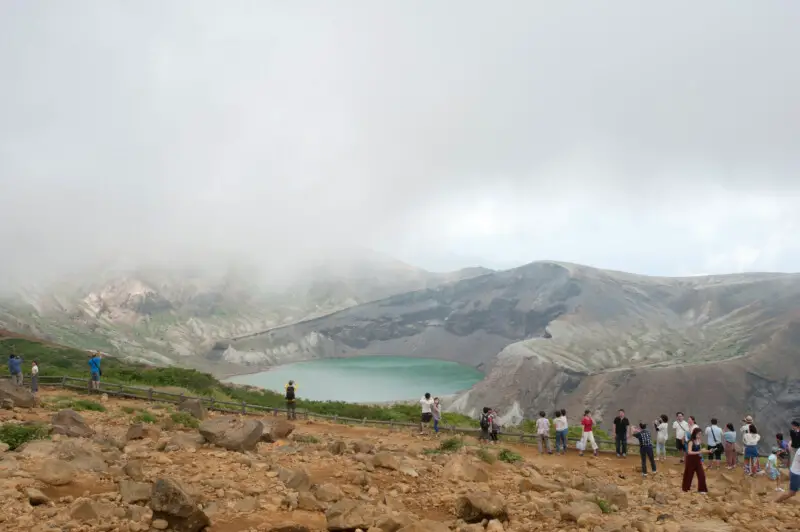
The mountain range features a variety of landscapes, from alpine meadows to volcanic craters and sulfurous fumaroles. Visitors can hike, ski, and soak in the natural hot springs.
Matsushima Bay
Matsushima Bay is a picturesque bay located in Miyagi prefecture, known for its scenic islands and pine trees.
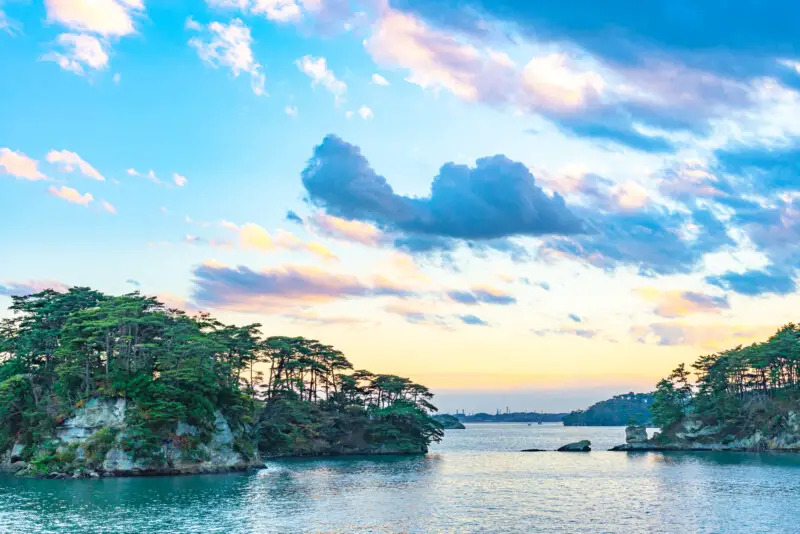
It is considered one of the three most scenic spots in Japan, with over 260 small islands scattered throughout the bay.
Visitors can enjoy boat tours, hiking, and visiting the local temples and shrines.
Shirakami-Sanchi
Shirakami-Sanchi is a UNESCO World Heritage Site and a pristine mountain range located on the border of Akita and Aomori prefectures.
It is known for its virgin beech forests, which are some of the last remaining natural forests in Japan.
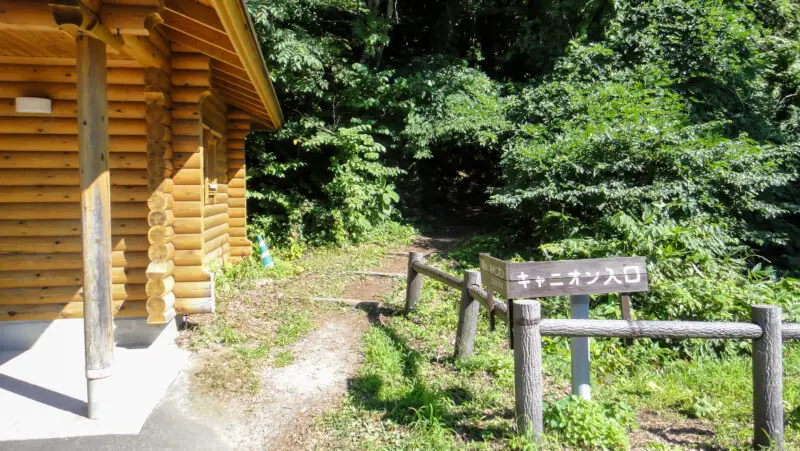
The mountain range is home to many rare plants and animals, including black bears, Japanese serows, and golden eagles. Visitors can enjoy hiking, camping, and birdwatching in the area.
Lake Towada
Lake Towada is a crater lake located in Aomori prefecture, known for its clear blue water and surrounding forests.
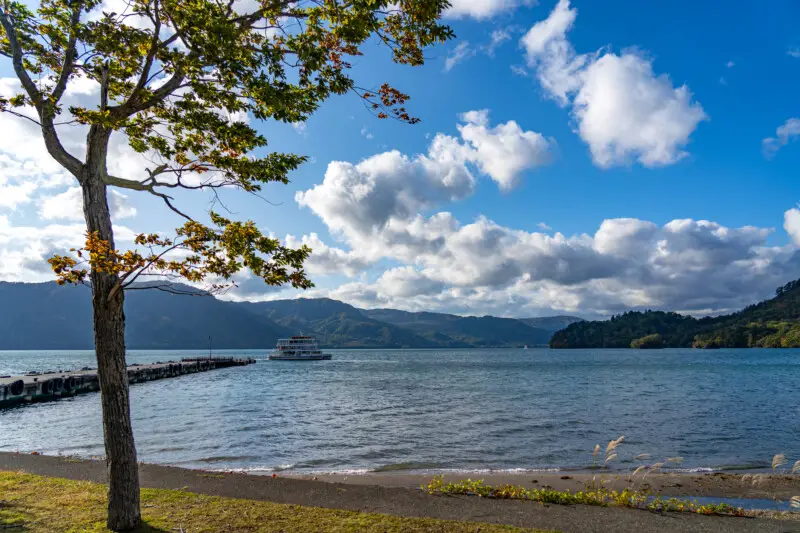
It is one of Japan’s largest caldera lakes, with a depth of over 300 meters. The lake is surrounded by scenic mountains and offers various activities, including hiking, cycling, and boat tours.
Preservation efforts in Tohoku
Tohoku has many preservation efforts underway to protect its natural wonders, such as national parks, wildlife conservation areas, and eco-tourism initiatives.
Local communities and organizations are working to promote sustainable tourism and protect endangered species and habitats.
The region is also committed to promoting renewable energy and reducing carbon emissions to mitigate the effects of climate change on its natural resources.
Kanto Region
Overview of the region
Kanto is a region located in the eastern part of Honshu, Japan’s main island. It is the most populous region in Japan and includes Tokyo, the capital city.
Kanto is known for its modern cities, historic landmarks, and scenic natural wonders.
Natural wonders of Kanto
Mount Fuji
Mount Fuji is an iconic volcanic mountain located on the border of Yamanashi and Shizuoka prefectures.
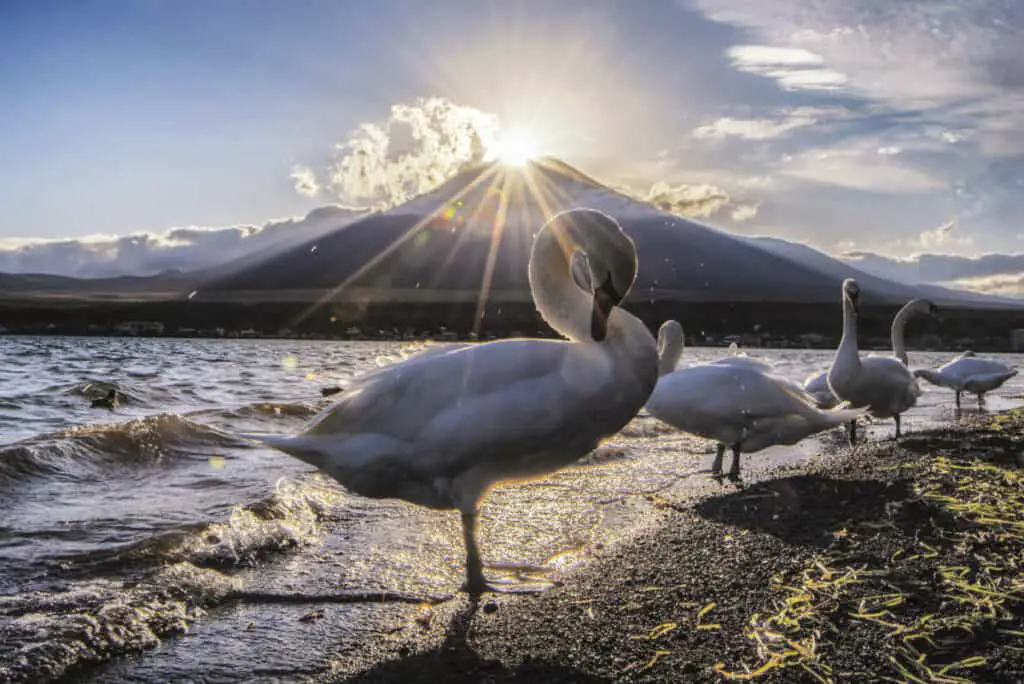
It is the highest mountain in Japan and a UNESCO World Heritage Site. Mount Fuji is known for its symmetrical cone shape and panoramic views from its summit.
Visitors can hike, climb, and admire the mountain from various viewpoints.
Nikko National Park
Nikko National Park is a scenic area located in Tochigi prefecture, known for its historic temples, waterfalls, and hiking trails.
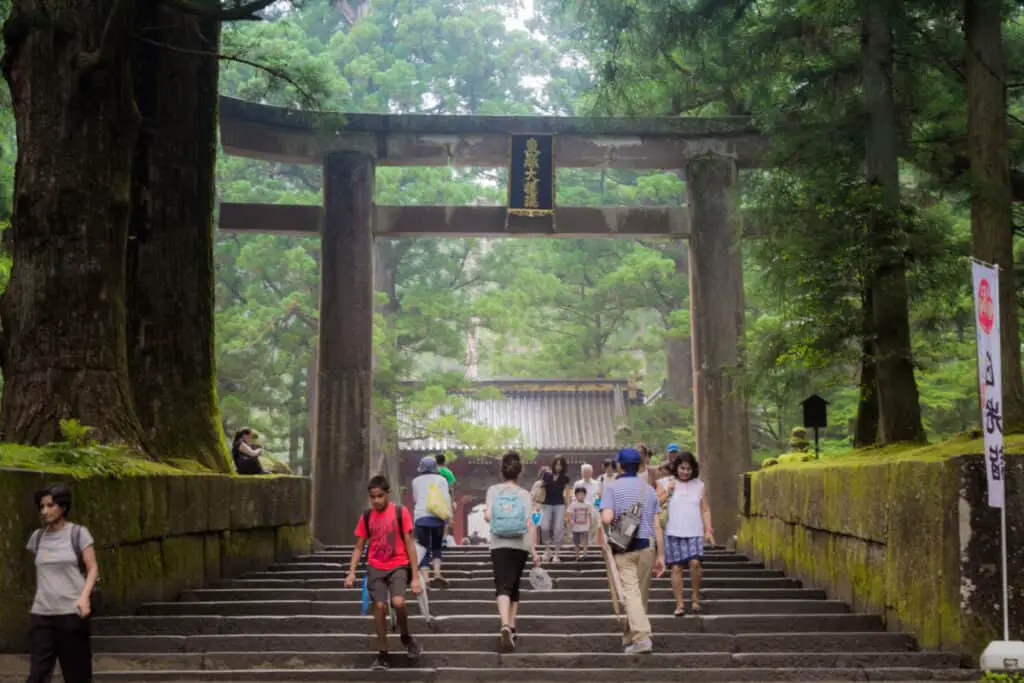
The park features the famous Toshogu Shrine, a UNESCO World Heritage Site, and the Kegon Falls, one of the three most beautiful waterfalls in Japan.
Visitors can also enjoy hiking, camping, and hot springs in the area.
Chichibu-Tama-Kai National Park
Chichibu-Tama-Kai National Park is a mountainous area located in Yamanashi, Saitama, and Tokyo prefectures. It is known for its lush forests, rivers, and waterfalls.
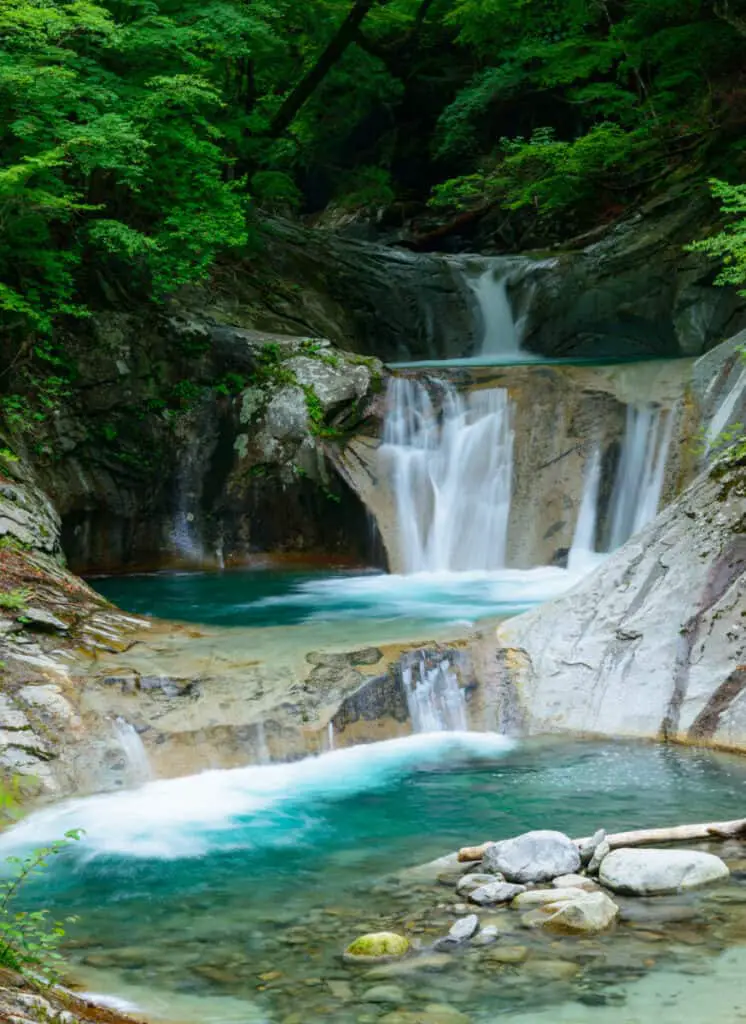
The park offers various activities, such as hiking, camping, and river rafting.
Visitors can also enjoy the scenic views from Mount Mitake and Mount Kobushi.
Izu Peninsula
Izu Peninsula is a scenic coastal area located in Shizuoka prefecture, known for its hot springs, beaches, and scenic views.
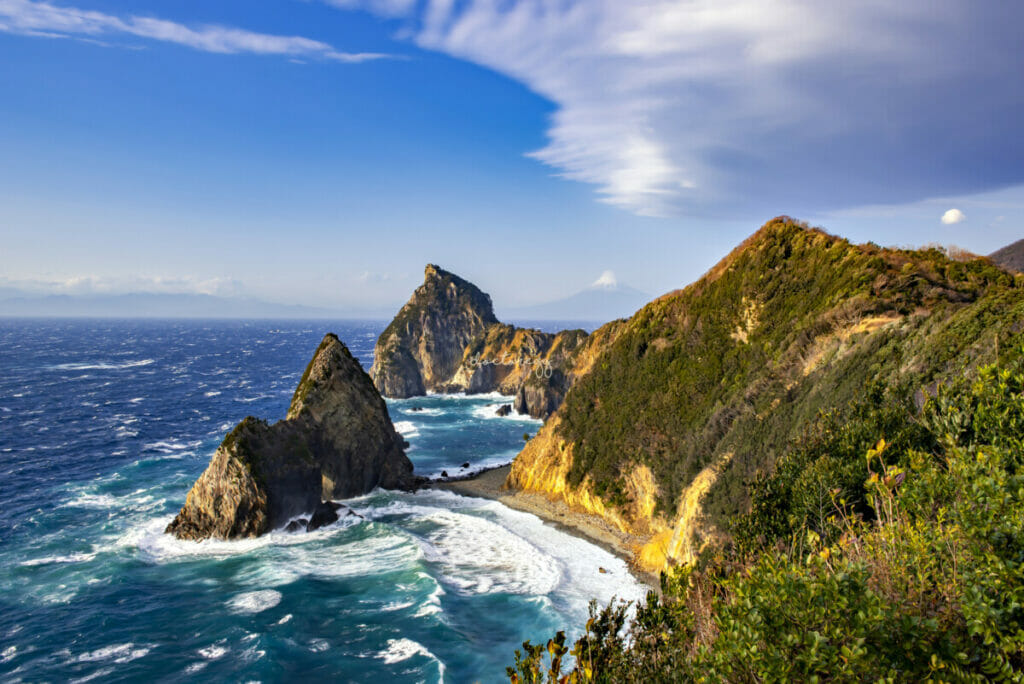
The peninsula features many attractions, such as the famous Shuzenji Onsen, a historic hot spring town, and the Jogasaki Coast, a scenic coastal walkway.
Visitors can also enjoy hiking, surfing, and fishing in the area.
Ogasawara Islands
The Ogasawara Islands are a remote archipelago located in the Pacific Ocean, south of Tokyo.
The islands are known for their unique wildlife, such as the Ogasawara flying fox and the humpback whale.
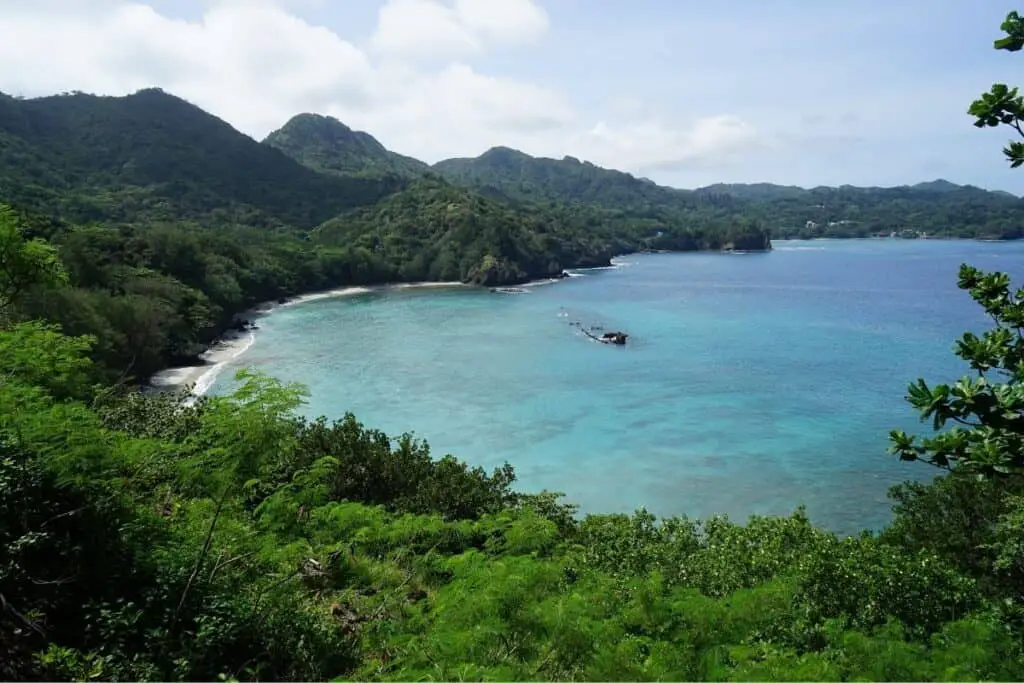
The islands are also a UNESCO World Heritage Site and a biosphere reserve.
Visitors can enjoy hiking, snorkeling, and wildlife watching in the area.
Sustainable tourism in Kanto
Kanto is committed to promoting sustainable tourism and protecting its natural resources.
The region has various eco-tourism initiatives, such as eco-friendly hotels, bike-sharing programs, and local food tours.
Kanto is also promoting renewable energy and reducing carbon emissions to mitigate the effects of climate change on its natural wonders.
Chubu Region
Overview of the region
Chubu is a region located in the central part of Honshu, Japan’s main island. It is known for its mountainous landscapes, historic towns, and cultural attractions.
The region is home to many natural wonders that attract visitors from all over the world.
Natural wonders of Chubu
Tateyama Kurobe Alpine Route
The Tateyama Kurobe Alpine Route is a scenic mountain road that runs through the Northern Japan Alps.
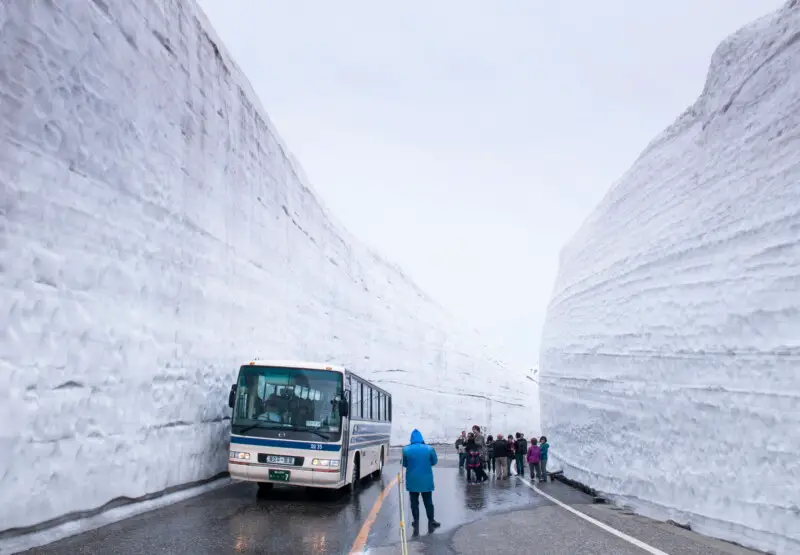
It features various attractions, such as the Snow Corridor, a snow wall that reaches up to 20 meters in height, and the Kurobe Dam, one of the world’s largest dams.
Visitors can enjoy hiking, skiing, and sightseeing in the area.
Kamikochi
Kamikochi is a scenic valley located in the Northern Japan Alps. It is known for its crystal-clear river, surrounded by mountains, and alpine vegetation.
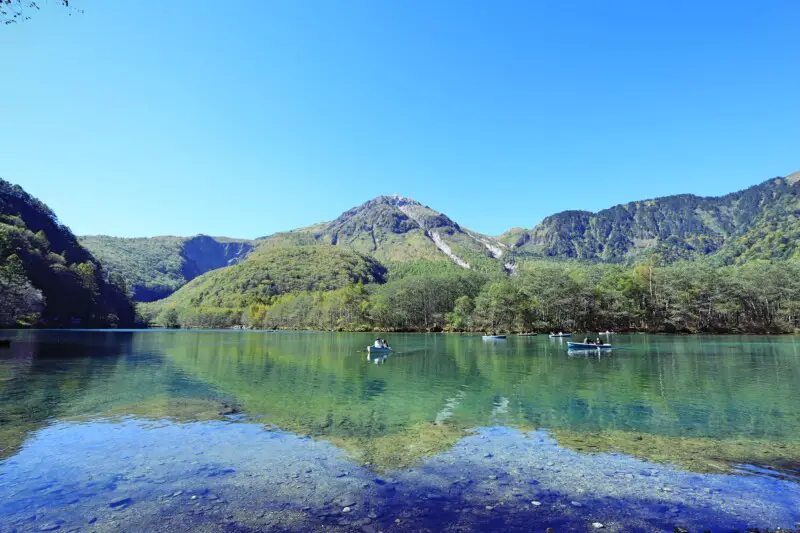
The area offers various activities, such as hiking, camping, and fishing.
Kamikochi is also home to many rare species of plants and animals.
Hakusan National Park
Hakusan National Park is a mountainous area located in Ishikawa, Fukui, and Gifu prefectures.
It is known for its scenic landscapes, such as the Hakusan Mountain Range and the Shirakawa-go village, a UNESCO World Heritage Site.
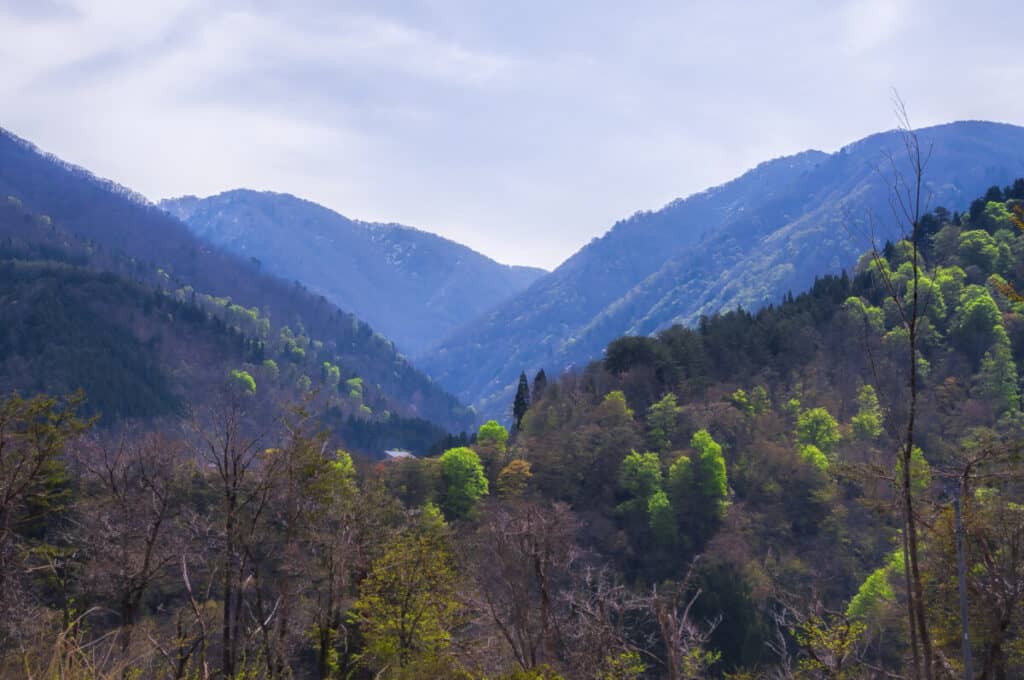
The park offers various activities, such as hiking, skiing, and hot springs.
Japanese Alps
The Japanese Alps are a mountain range that runs through the Chubu region, consisting of three mountain ranges: the Northern, Central, and Southern Alps.
The area is known for its scenic landscapes, such as the Mount Fuji and the Tateyama Kurobe Alpine Route.
Visitors can enjoy various activities, such as hiking, skiing, and hot springs.
Lake Biwa
Lake Biwa is the largest lake in Japan, located in Shiga prefecture. It is known for its clear water and scenic views.
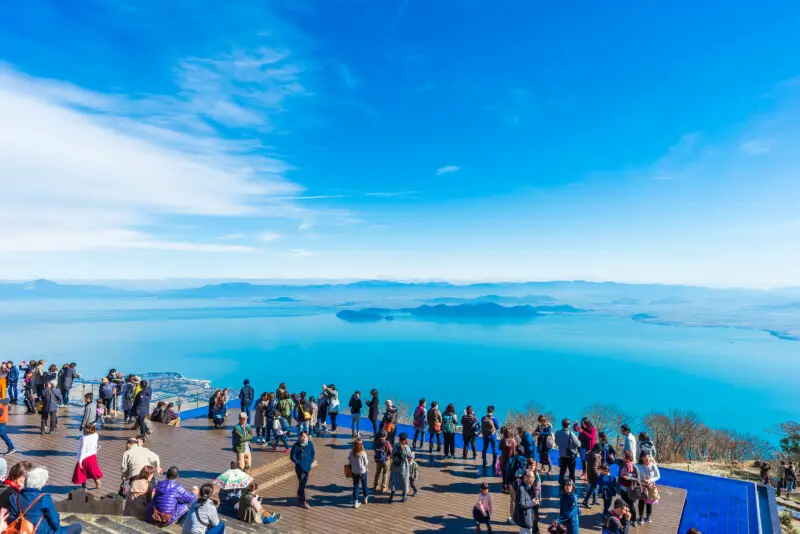
The lake offers various activities, such as boating, fishing, and sightseeing.
Lake Biwa is also home to many rare species of fish and birds.
Balancing tourism and preservation in Chubu
Chubu is committed to preserving its natural wonders and promoting sustainable tourism. The region has various eco-friendly initiatives, such as promoting local products and reducing carbon emissions.
Chubu is also working to balance tourism and preservation by promoting responsible tourism and limiting access to sensitive areas.
The region aims to preserve its natural resources for future generations while providing visitors with unique and unforgettable experiences.
Kansai Region
Overview of the region
Kansai is a region located in the western part of Honshu, Japan’s main island. It is known for its rich cultural heritage and natural beauty.
The region is home to many historic sites, such as Kyoto and Nara, as well as natural wonders that attract visitors from all over the world.
Natural wonders of Kansai
Mount Koya
Mount Koya, or Koyasan, is a sacred mountain located in Wakayama prefecture. It is known for its numerous temples, shrines, and other religious sites.
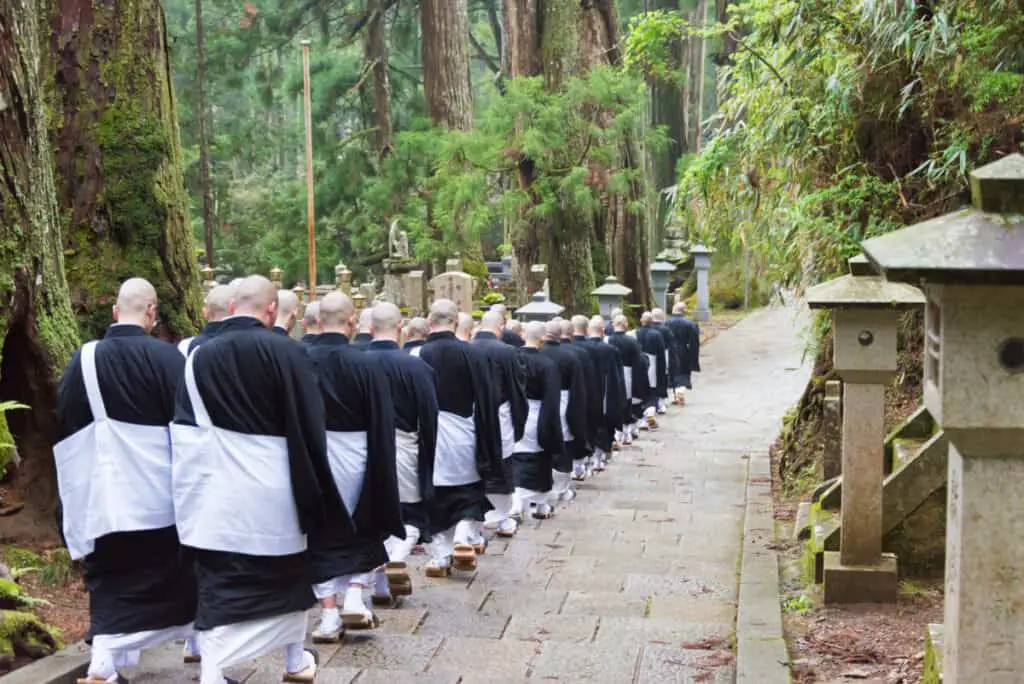
Visitors can enjoy hiking, sightseeing, and experiencing the unique culture of the area.
Kumano Kodo
The Kumano Kodo is a network of ancient pilgrimage routes that connect various sacred sites in the Kii Mountain Range.
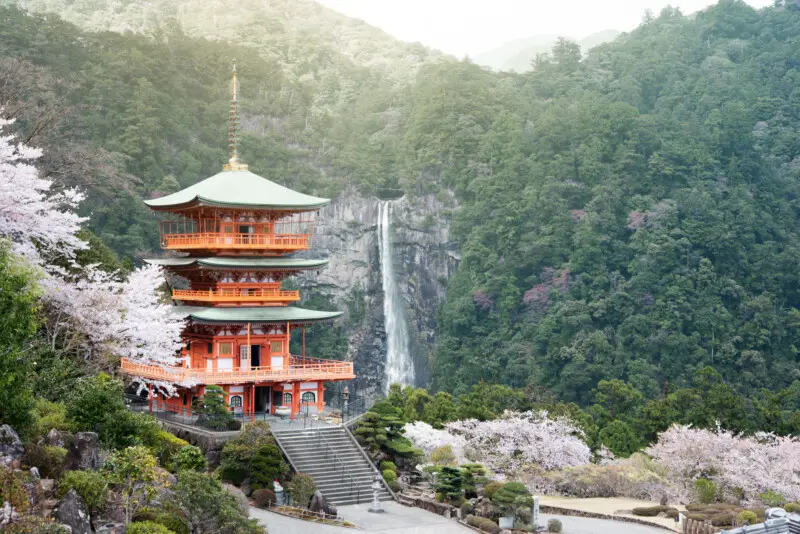
The area is known for its scenic landscapes, historic shrines, and traditional culture.
Visitors can enjoy hiking, sightseeing, and experiencing the spiritual aspects of the area.
Nachi Falls
Nachi Falls is a scenic waterfall located in Nachikatsuura, Wakayama prefecture. It is known for its natural beauty and cultural significance.
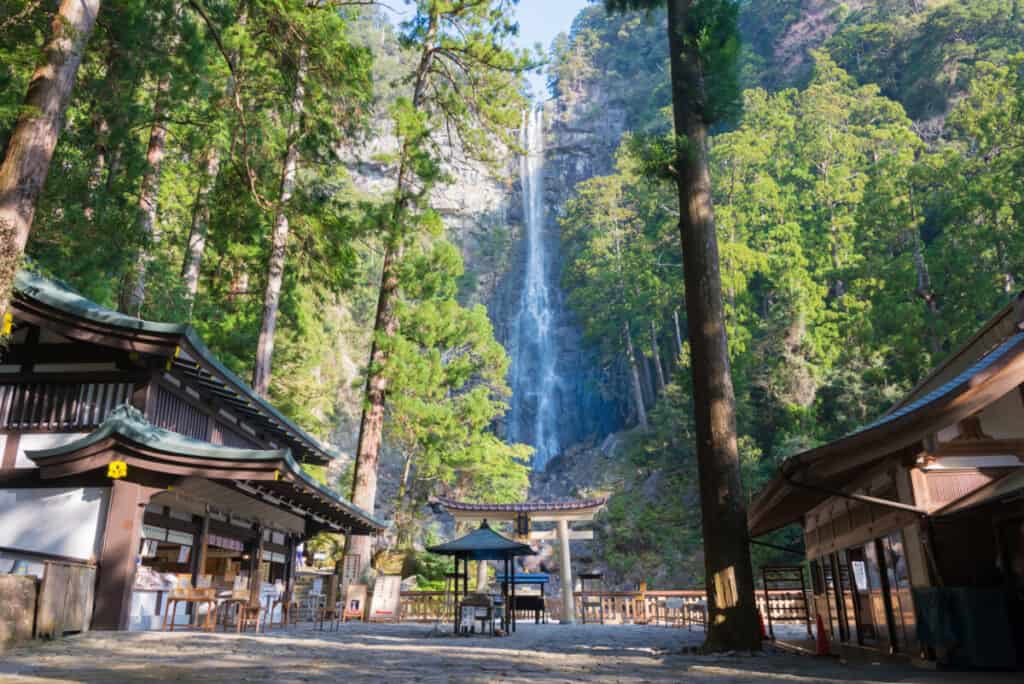
Visitors can enjoy hiking, sightseeing, and experiencing the local culture.
Wakayama Prefecture’s Coastline
Wakayama prefecture’s coastline is a scenic area located on the Kii Peninsula. It is known for its rugged cliffs, clear waters, and scenic views.
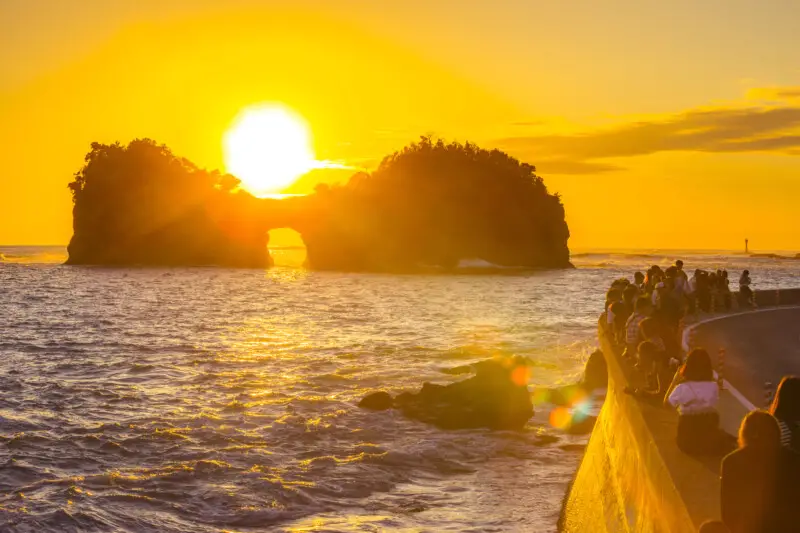
Visitors can enjoy hiking, swimming, and other outdoor activities in the area.
Kyoto’s Bamboo Forest
The Arashiyama Bamboo Grove is a scenic area located in Kyoto prefecture. It is known for its towering bamboo trees, peaceful atmosphere, and natural beauty.
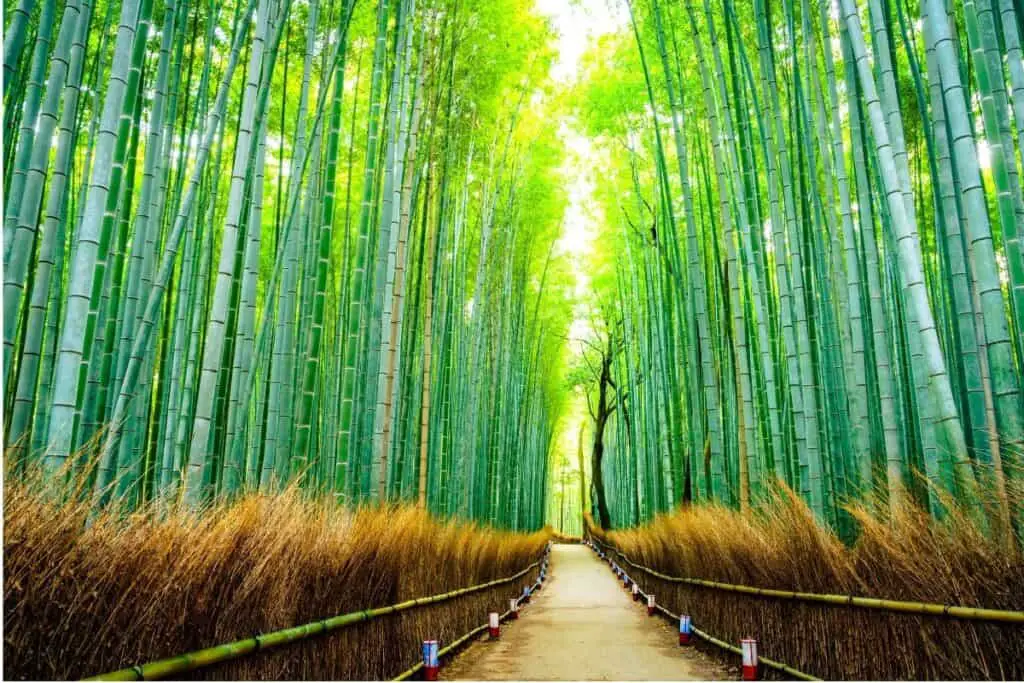
Visitors can enjoy hiking, sightseeing, and experiencing the unique culture of the area.
Cultural and natural heritage preservation in Kansai
Kansai is committed to preserving its natural and cultural heritage. The region has various initiatives to promote sustainable tourism and protect the environment.
Kansai is also working to preserve its historic sites and cultural traditions for future generations.
The region aims to provide visitors with unique and meaningful experiences while preserving its natural and cultural resources.
Chugoku Region
Overview of the region
Chugoku is a region located in the western part of Honshu, Japan’s main island. It is known for its scenic beauty, historic sites, and unique culture.
The region is home to various natural wonders that attract visitors from all over the world.
Natural wonders of Chugoku
Hiroshima’s Miyajima Island
Miyajima Island is a scenic island located in Hiroshima Bay. It is known for its iconic Torii Gate, Itsukushima Shrine, and stunning landscapes.
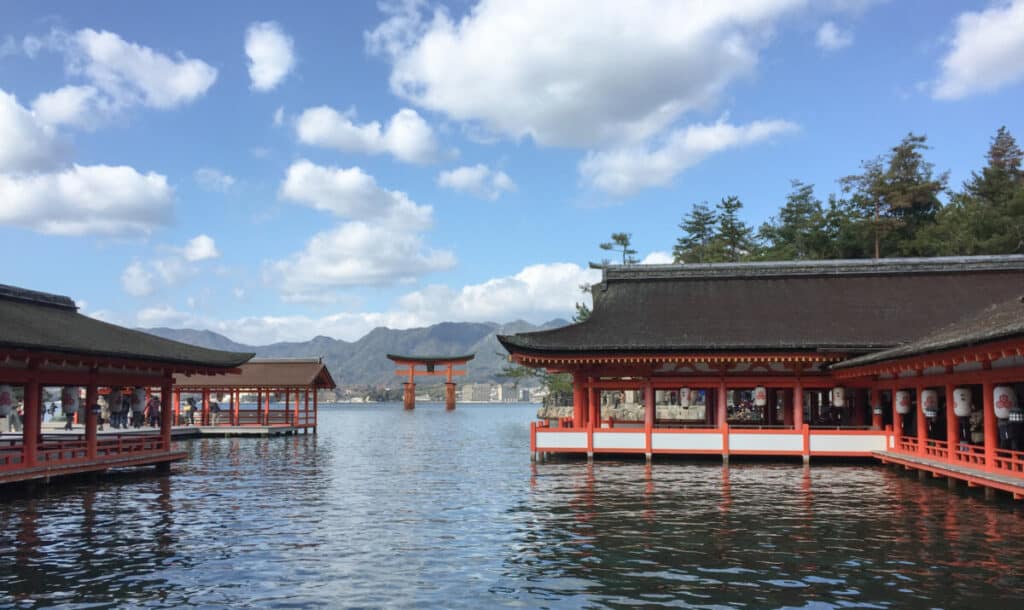
Visitors can enjoy hiking, sightseeing, and experiencing the local culture.
Sand Dunes of Tottori
The Tottori Sand Dunes are a unique natural wonder located in Tottori prefecture. The sand dunes stretch for over 16 kilometers along the Sea of Japan and offer stunning views of the surrounding landscapes.
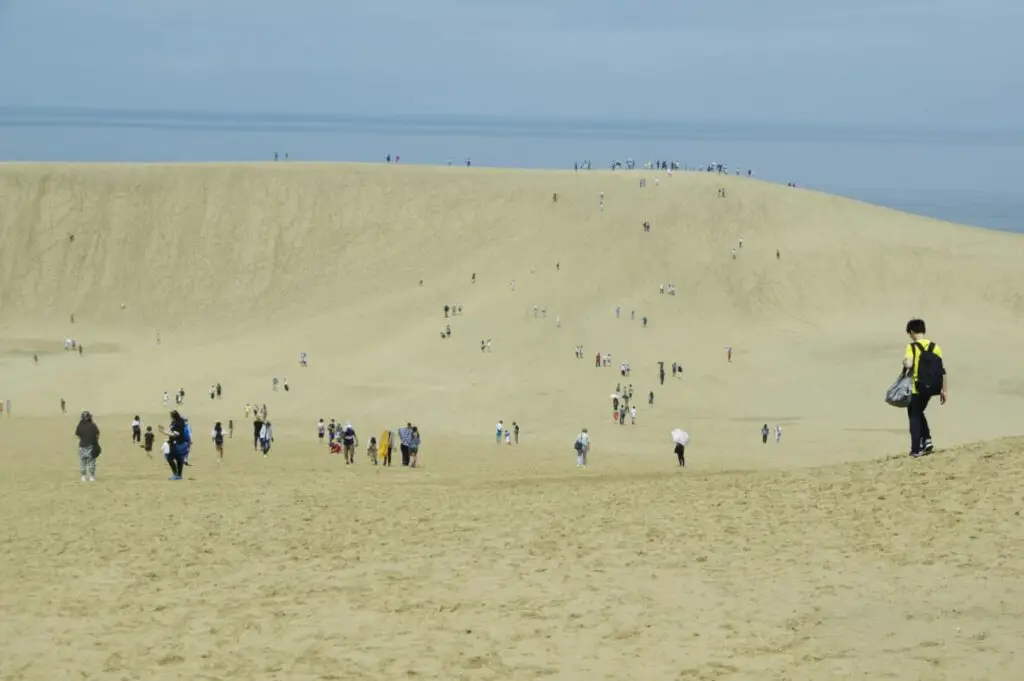
Visitors can enjoy hiking, sandboarding, and other outdoor activities in the area.
Seto Inland Sea
The Seto Inland Sea is a beautiful body of water located between Honshu, Shikoku, and Kyushu. It is known for its calm waters, scenic islands, and diverse marine life.
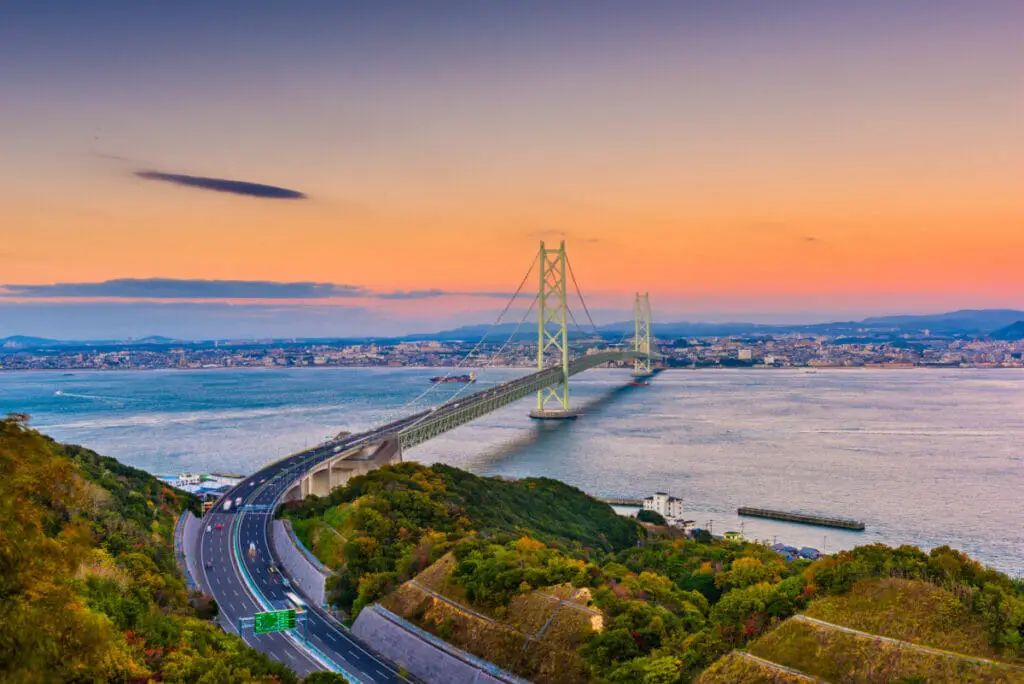
Visitors can enjoy island hopping, kayaking, and other water activities in the area.
Wakayama
Mount Daisen is a majestic mountain located in Tottori prefecture. It is known for its stunning landscapes, hiking trails, and cultural significance.
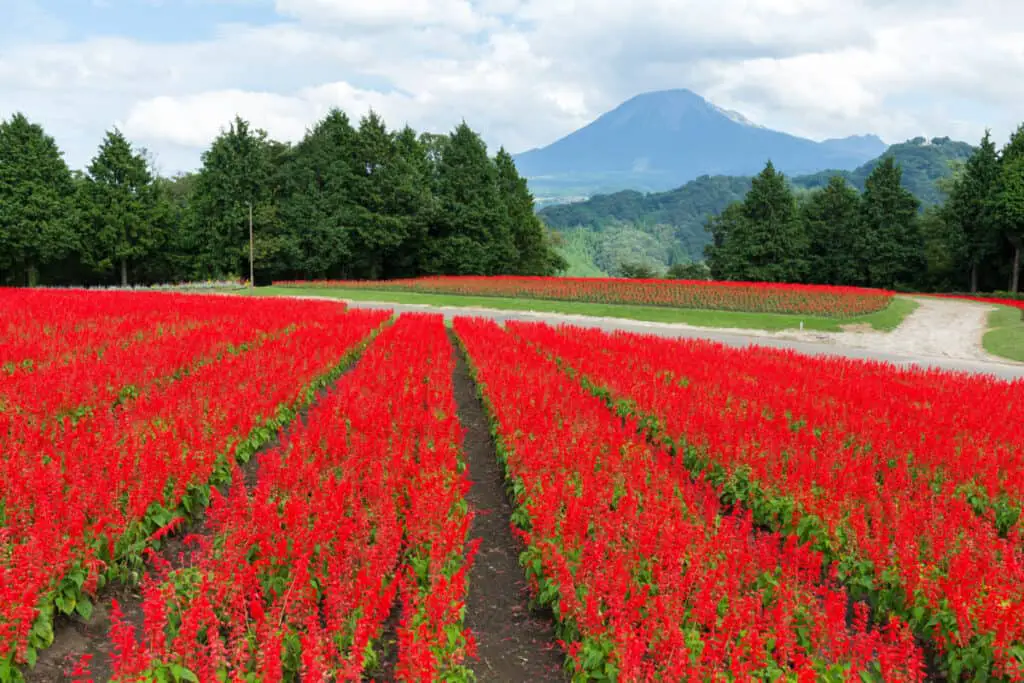
Visitors can enjoy hiking, sightseeing, and experiencing the local culture.
Shimane Prefecture’s Coastline
Shimane prefecture’s coastline is a scenic area located on the Sea of Japan. It is known for its rugged cliffs, clear waters, and stunning views.

Visitors can enjoy hiking, swimming, and other outdoor activities in the area.
Sustainable development in Chugoku
Chugoku is committed to promoting sustainable development and protecting the environment. The region has various initiatives to promote eco-tourism, reduce waste, and protect natural resources.
Chugoku is also working to preserve its cultural heritage and promote local traditions.
The region aims to provide visitors with unique and meaningful experiences while preserving its natural and cultural resources.
Shikoku Region
Overview of the region
Shikoku is the smallest and least populous of Japan’s four main islands. It is known for its beautiful landscapes, historic temples, and unique culture.
The region is home to various natural wonders that offer visitors a chance to experience the beauty of Japan’s countryside.
Natural wonders of Shikoku
Iya Valley
Iya Valley is a picturesque valley located in the western part of Shikoku. It is known for its rugged cliffs, deep gorges, and stunning waterfalls.
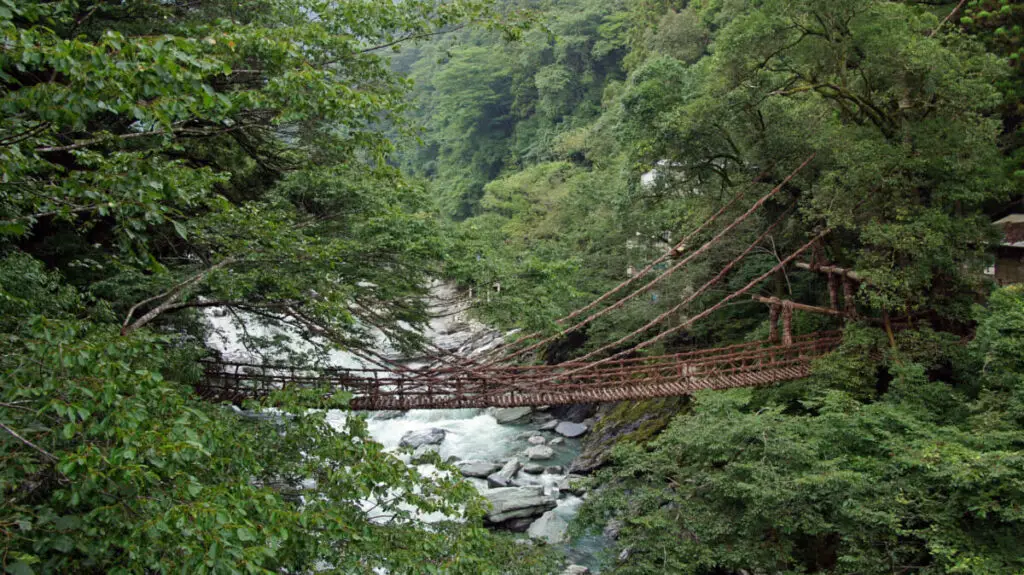
Visitors can enjoy hiking, kayaking, and other outdoor activities in the area.
Mount Ishizuchi
Mount Ishizuchi is the highest peak in western Japan and is located in Ehime prefecture. It is known for its stunning landscapes, hiking trails, and cultural significance.
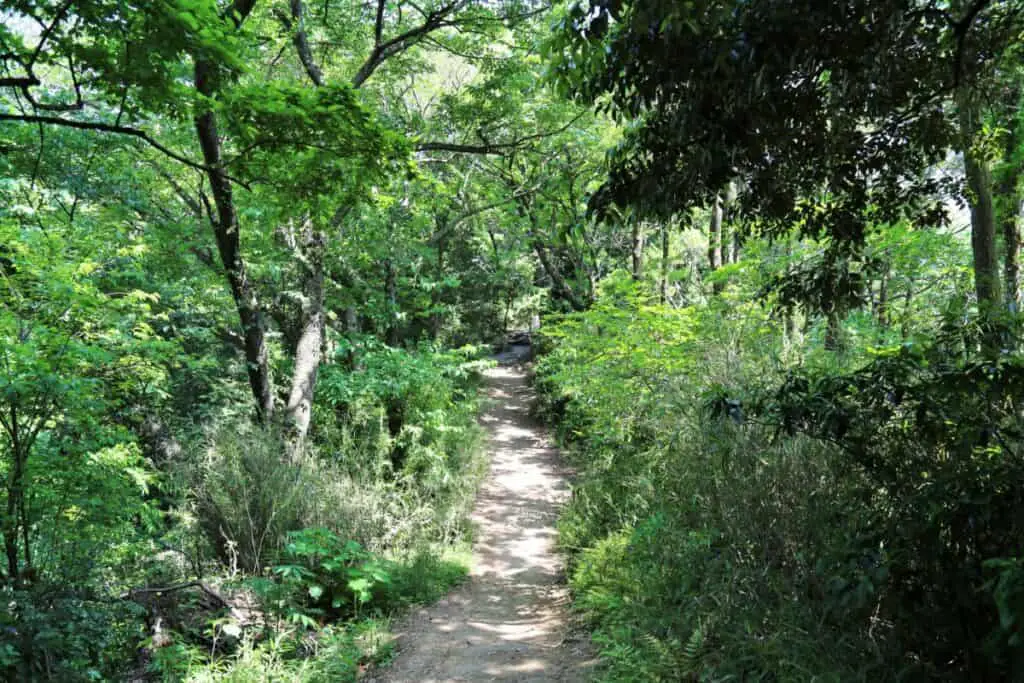
Visitors can enjoy hiking, sightseeing, and experiencing the local culture.
Naruto Whirlpools
The Naruto Whirlpools are a natural phenomenon caused by the tidal currents in the Naruto Strait.
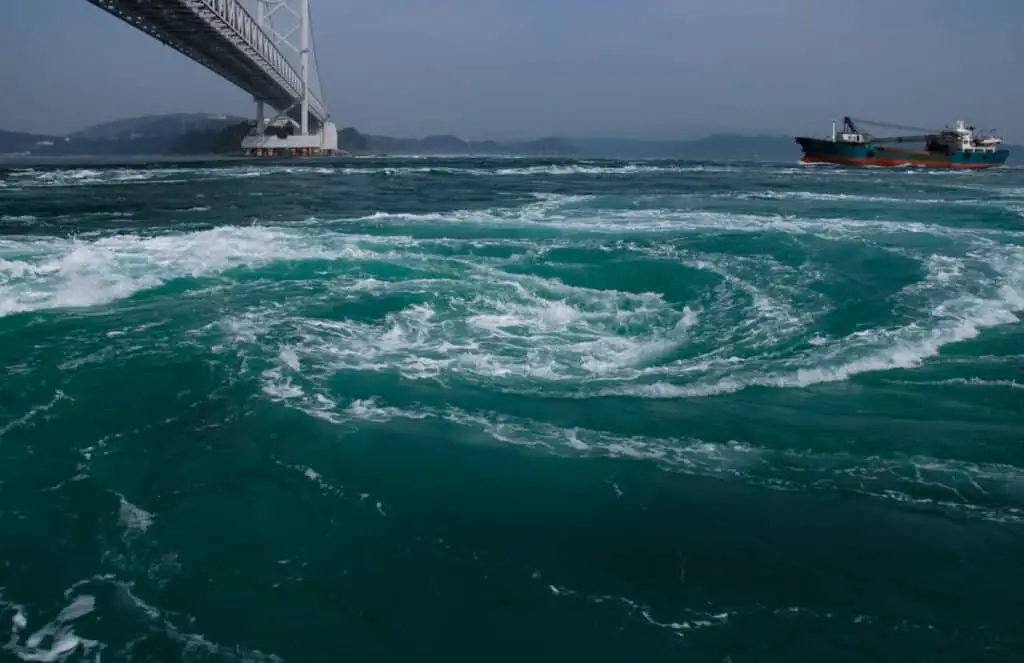
They are located between Tokushima prefecture and Awaji Island and offer visitors a unique and stunning sight to see.
Shimanto River
The Shimanto River is the longest clearwater river in Japan and is located in Kochi prefecture. It is known for its beautiful landscapes, fishing, and other outdoor activities.
Visitors can enjoy rafting, canoeing, and other water activities in the area.
Seto Ohashi Bridge
The Seto Ohashi Bridge is a series of bridges that connect Shikoku to Honshu.
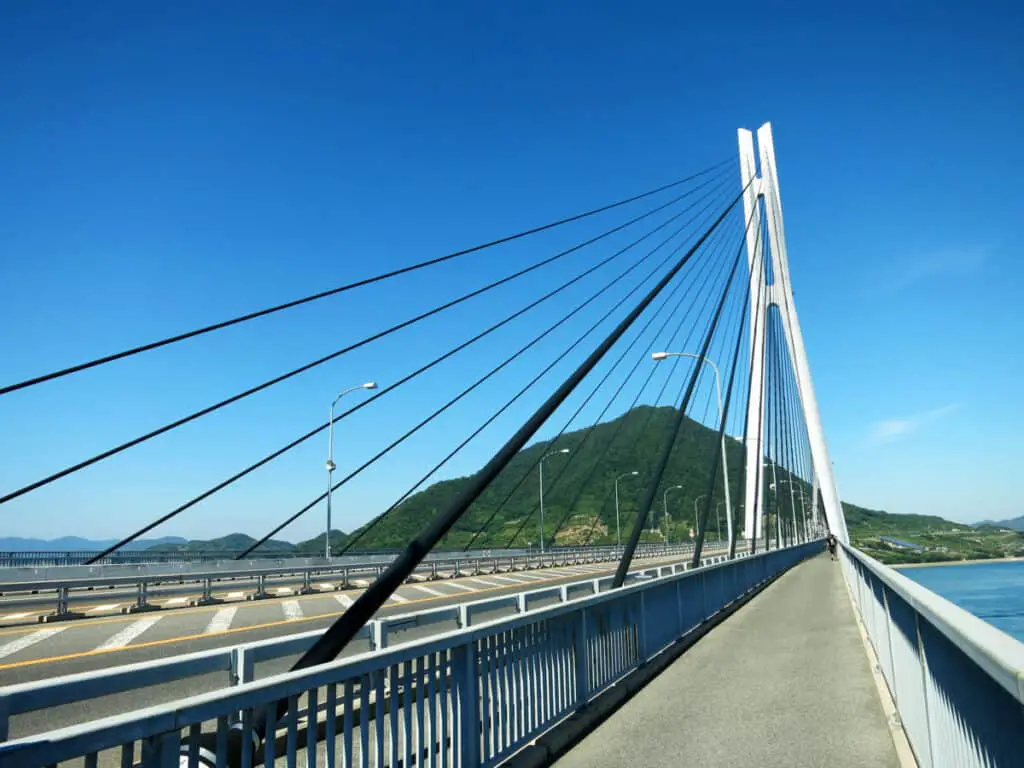
It is known for its stunning views of the Seto Inland Sea and the surrounding landscapes.
Eco-tourism in Shikoku
Shikoku is committed to promoting eco-tourism and sustainable development. The region has various initiatives to reduce waste, protect natural resources, and promote eco-friendly tourism.
Shikoku is also working to preserve its cultural heritage and promote local traditions.
The region aims to provide visitors with unique and meaningful experiences while preserving its natural and cultural resources.
Kyushu Region
Overview of the region
Kyushu is the third-largest island of Japan and is located in the southwest of the country. It is known for its stunning natural landscapes, hot springs, and active volcanoes.
The region has a unique culture and history that sets it apart from other parts of Japan.
Natural wonders of Kyushu
Yakushima Island
Yakushima Island is a UNESCO World Heritage Site and is known for its ancient cedar trees, waterfalls, and unique wildlife.
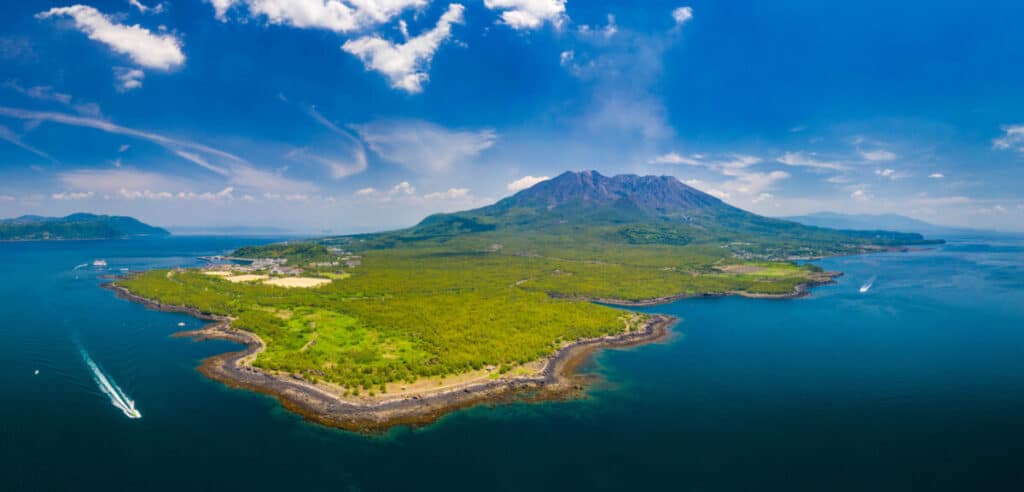
Visitors can enjoy hiking, camping, and experiencing the local culture.
Aso-Kuju National Park
Aso-Kuju National Park is located in central Kyushu and is known for its active volcanoes, hot springs, and stunning landscapes.
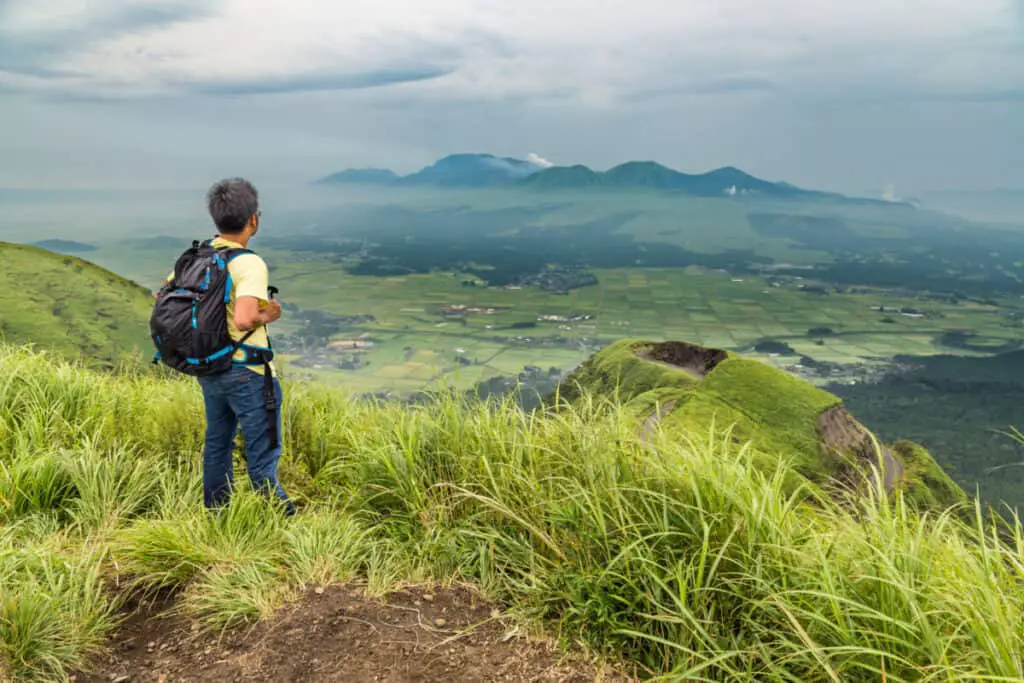
Visitors can enjoy hiking, sightseeing, and experiencing the local culture.
Nagasaki’s Gunkanjima Island
Gunkanjima Island, also known as Battleship Island, is a deserted island located off the coast of Nagasaki prefecture.
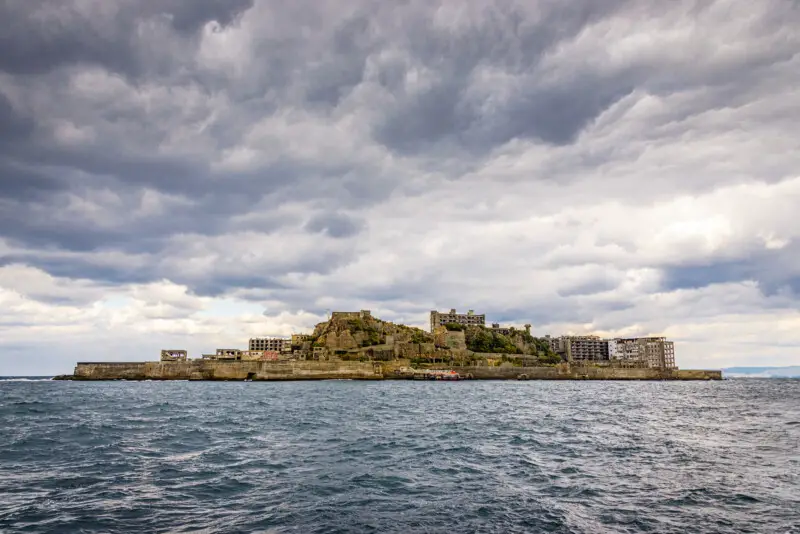
It is known for its abandoned buildings and unique history. Visitors can take a tour of the island and learn about its past.
Takachiho Gorge
Takachiho Gorge is located in Miyazaki prefecture and is known for its stunning waterfalls and rock formations.
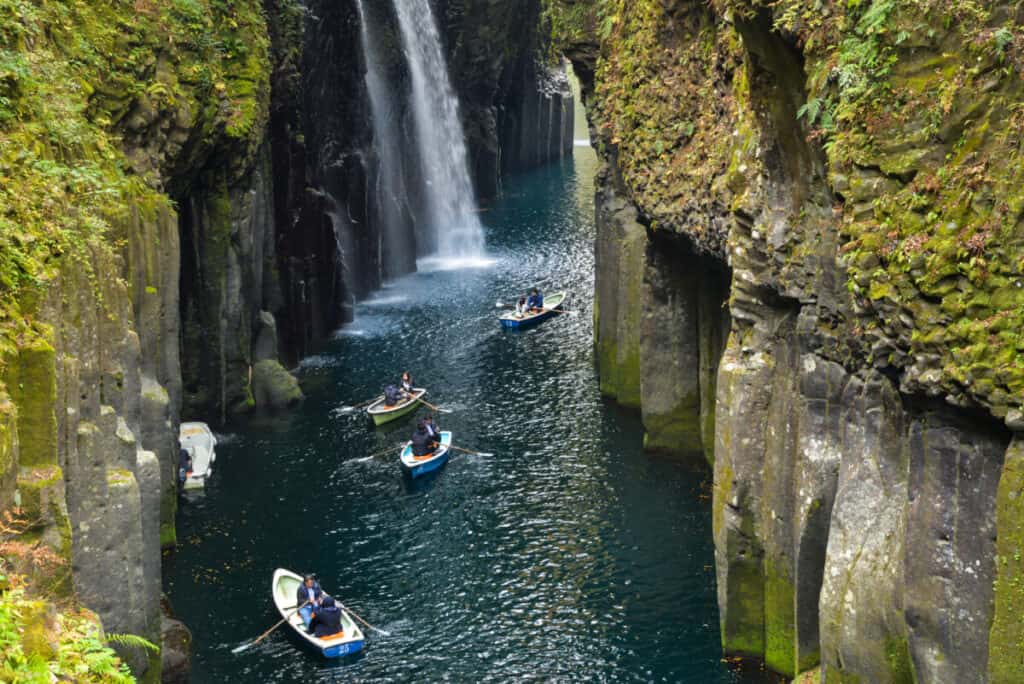
Visitors can enjoy hiking, boat rides, and other outdoor activities in the area.
Mount Sobo
Mount Sobo is located in Fukuoka prefecture and is known for its stunning landscapes and hiking trails.
Visitors can enjoy hiking, sightseeing, and experiencing the local culture.
Natural disaster mitigation efforts in Kyushu
Kyushu is prone to natural disasters such as earthquakes, typhoons, and volcanic eruptions.
The region has various initiatives to mitigate the impact of these disasters, including early warning systems, evacuation plans, and disaster prevention education.
Kyushu is also working to preserve its natural resources and promote sustainable development.
The region aims to provide visitors with a safe and enjoyable experience while preserving its natural and cultural resources.
Thoughts On Japans Top 40 Natural Wonders And Landmarks
Japan is truly a treasure trove of natural beauty, boasting a diverse range of landscapes, landmarks, and scenic views.
From the iconic Mount Fuji, a UNESCO World Heritage Site and Japan’s highest peak, to the stunning cherry blossoms that bloom across the country in the warmer months, there is no shortage of natural wonders to explore.
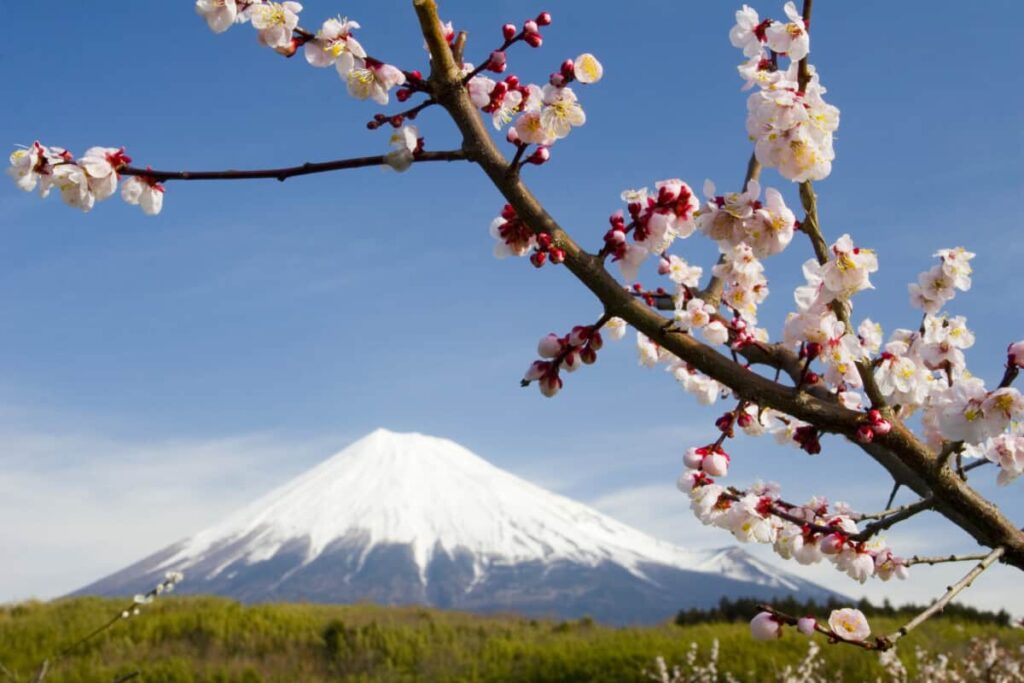
Visitors can take in the breathtaking views of the Pacific Ocean and Sea of Japan from observation decks and viewing platforms, or admire the intricate rock formations and coral reefs that dot the surrounding areas.
From the volcanic islands of Kyushu to the Tottori Sand Dunes in the west, and from the famous cherry trees of Tokyo’s public parks to the serene walking trails of Takachiho Gorge, Japan offers some of the best natural sights in the world.
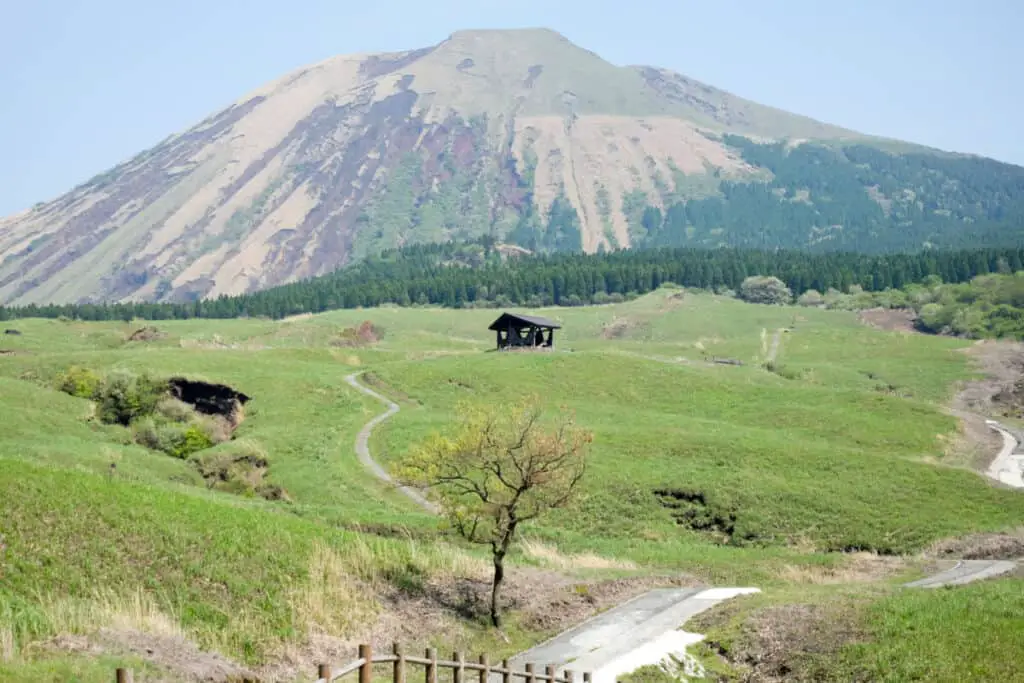
Additionally, there are numerous historical and cultural monuments, such as the Fushimi Inari-taisha Shrine, the Imperial Palace, and the Atomic Bomb Dome, that are intertwined with Japan’s natural beauty.
Visitors can explore the oldest temples and Buddhist shrines or marvel at the beautiful Japanese gardens and local art museums.
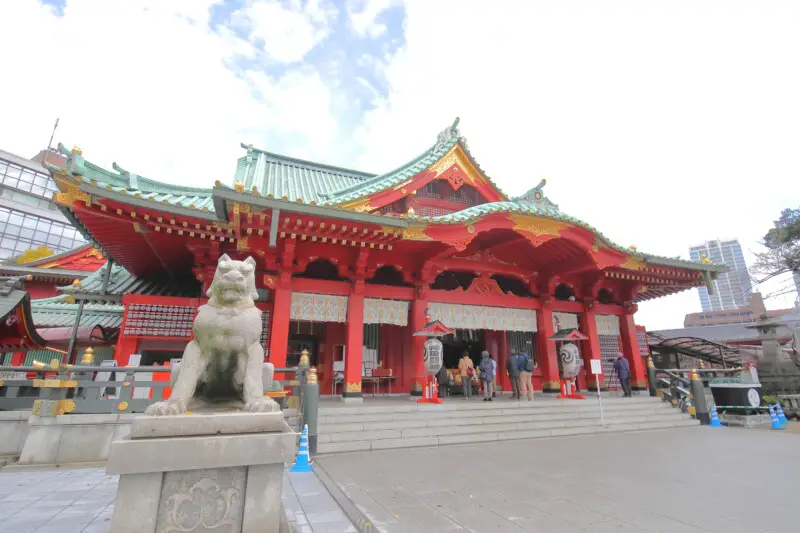
Whether traveling by cable car or public transportation, Japan’s natural landmarks and attractions are easily accessible.
From the observation deck of Tokyo Skytree to the viewing platform of Shibuya Crossing, tourists can witness the bustling cityscapes that surround these natural wonders.
The country’s natural beauty is also celebrated in its many national parks, such as the Ogasawara Islands and Aso-Kuju National Park, which are home to a variety of flora and fauna, as well as firefly squid and other natural monuments.
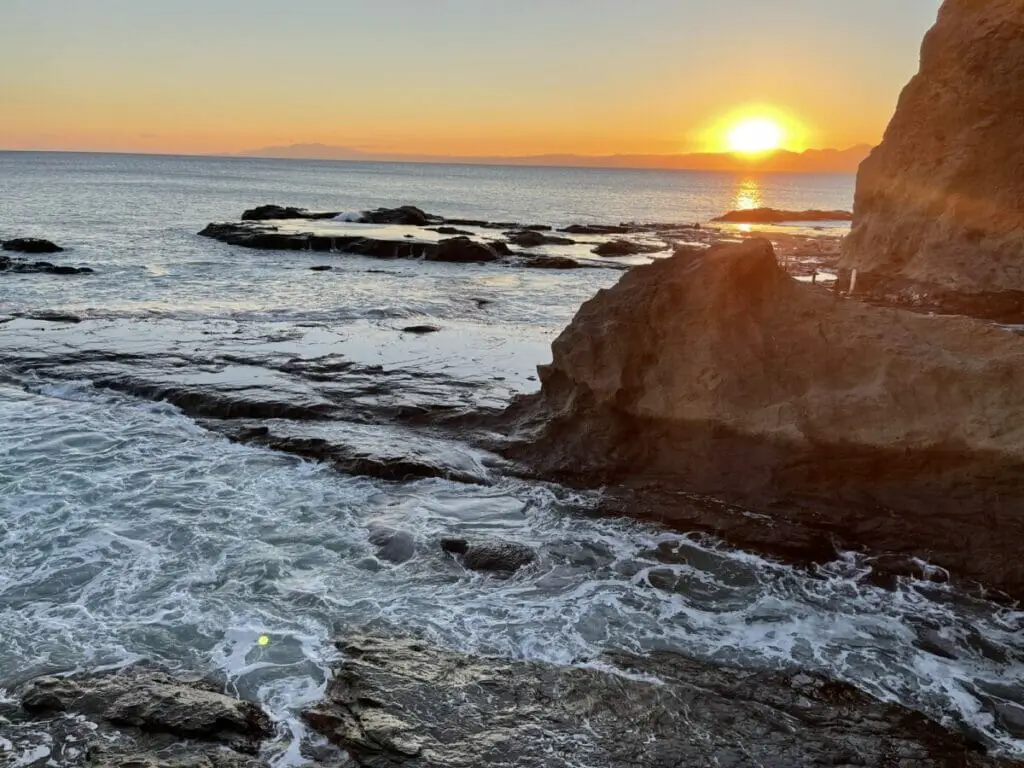
In short, Japan is a perfect place to experience the best natural sights, particularly during the cherry blossom season or the colorful autumn leaves.
Whether exploring the small islands of Miyazaki Prefecture, taking in the scenic beauty of Kabira Bay, or visiting the large limestone caves and series of hot springs in Yamaguchi Prefecture, there is something for everyone to enjoy.
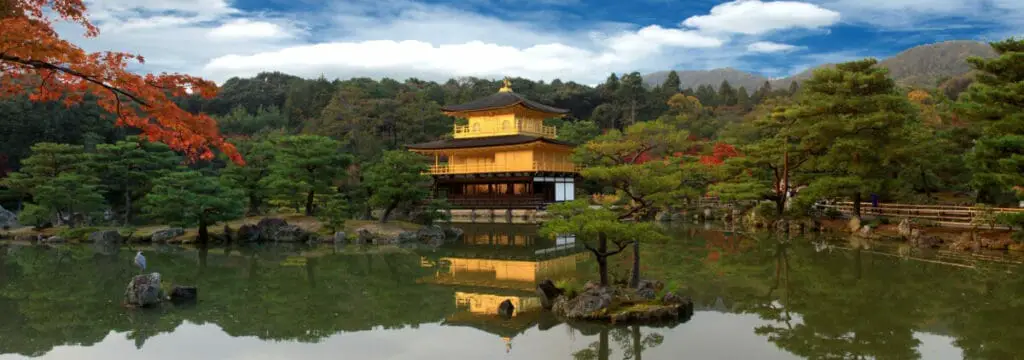
The country’s rich culture and history, embodied in the Meiji Jingu Shrine and Golden Temple, among others, make it a truly unforgettable experience.
Overall, Japan’s natural wonders and landmarks are a great way to immerse oneself in Japanese culture and explore the rest of the country beyond the urban areas, and are well worth a visit for anyone traveling to Japan.









